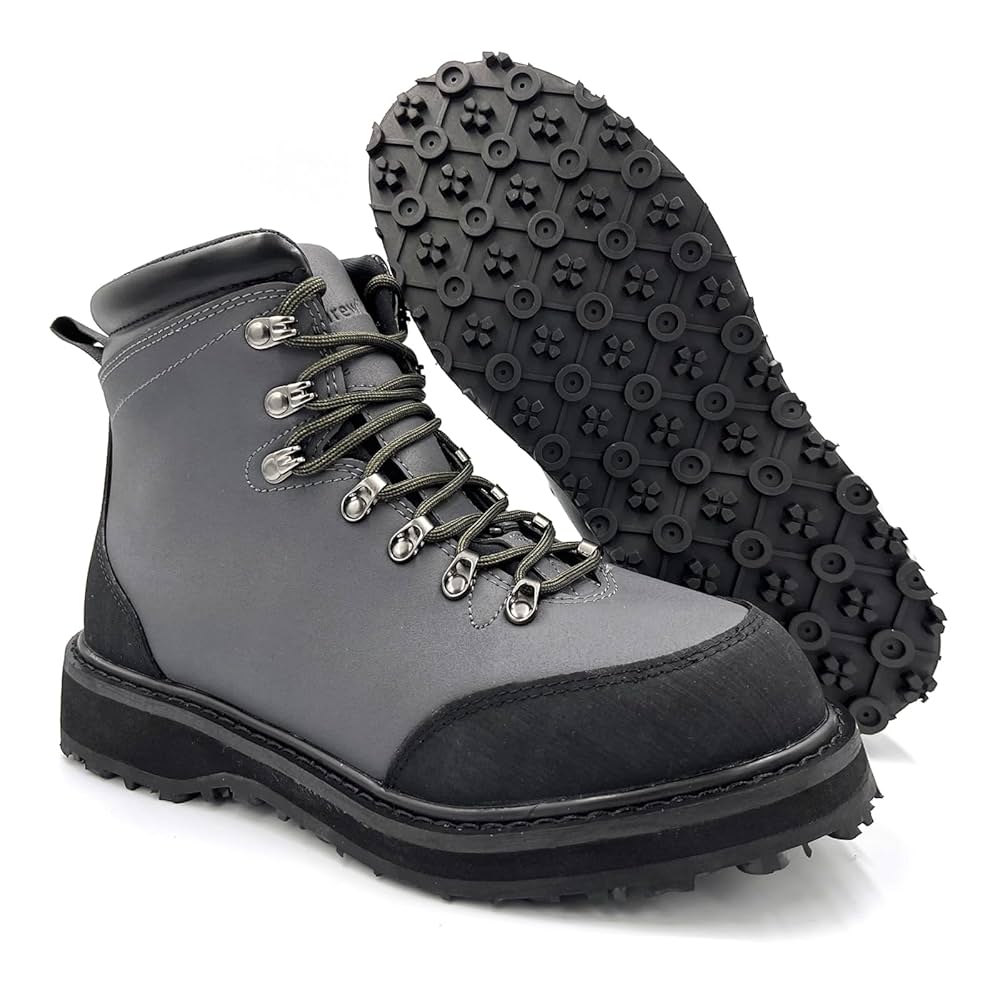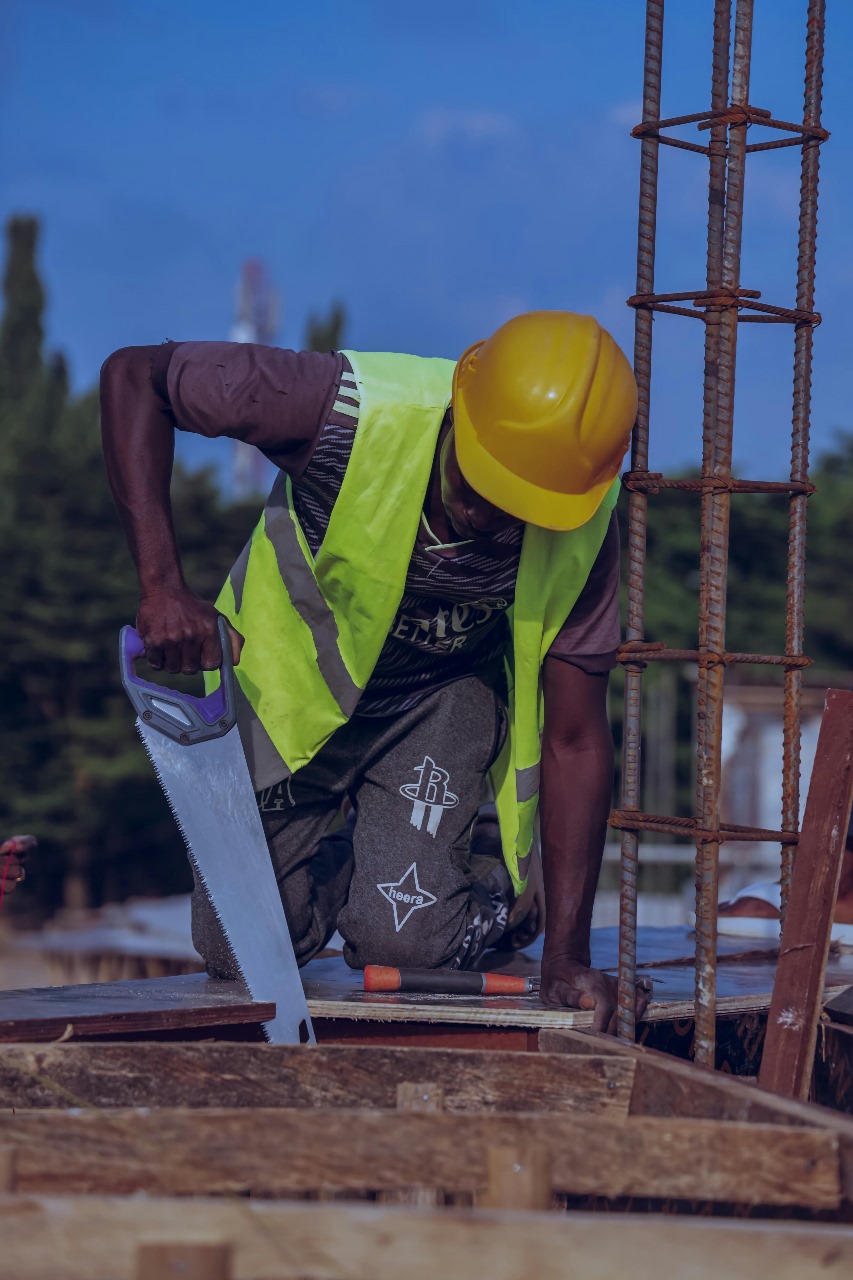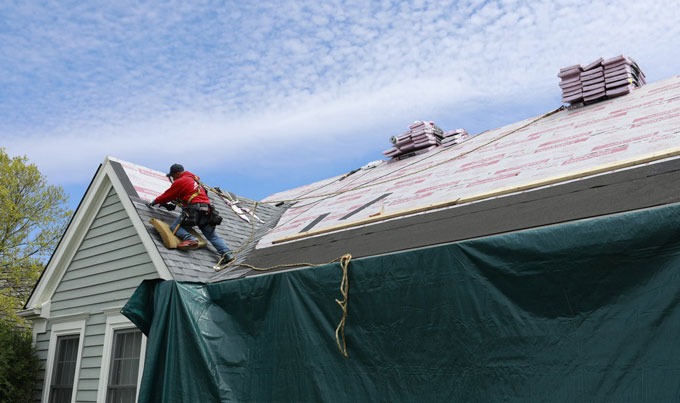Understanding the Importance of Fly Fishing Boots
When you are starting out in fly fishing, choosing the right Fly fishing boots can make a huge difference in your comfort, safety, and overall experience on the water. These boots are designed specifically to provide stability on slippery rocks, support for long hours of standing, and protection against cold or wet conditions. For beginners, the wrong choice in footwear can lead to discomfort, fatigue, or even accidents. Investing in a quality pair of fly fishing boots ensures that you can focus on learning casting techniques and reading the water without worrying about your footing.
Types of Fly Fishing Boots
There are several types of fly fishing boots, and understanding the differences will help you make the best choice for your fishing style. Felt-soled boots have been a traditional favorite for their excellent grip on slippery rocks, while rubber-soled boots offer durability and easy cleaning. More advanced designs include wading boots with studs or cleats for maximum traction. Beginners often benefit from rubber-soled boots with removable cleats, offering a balance of safety and convenience. Each type of fly fishing boots has its pros and cons, so it’s important to consider the environment where you will be fishing.
Choosing the Right Fit and Comfort
Comfort is crucial when selecting fly fishing boots. Ill-fitting boots can cause blisters, restrict movement, and make wading uncomfortable. Look for boots with adjustable laces or straps to ensure a snug fit. The right pair should support your ankles without being too tight and allow enough room for moisture-wicking socks. Trying on multiple pairs and walking around in them, even in your home, can help you gauge comfort. Remember, your fly fishing boots will need to handle long hours standing in cold water, so fit and cushioning are essential for a positive fishing experience.
Material and Durability Considerations
The material of your fly fishing boots affects both performance and longevity. High-quality rubber, neoprene, or waterproof leather are common choices. Felt-soled boots excel in natural rivers and streams but require more maintenance to prevent algae buildup and water contamination. Rubber soles are versatile, more hygienic, and often suitable for a variety of conditions, making them a great choice for beginners. Investing in durable fly fishing boots ensures that you won’t need to replace them frequently and that they will perform well in multiple seasons.
Wading Safety and Traction
Safety is a top priority when choosing fly fishing boots. The right traction system prevents slips on rocks, mud, and uneven riverbeds. Beginners should look for boots with studs, cleats, or aggressive tread patterns to maintain balance. In addition to traction, ankle support is critical to reduce the risk of sprains and injuries while wading. Wearing secure, properly fitted fly fishing boots can significantly improve confidence in the water and help you focus on fishing techniques without worrying about slipping.
Maintaining Your Fly Fishing Boots
Proper maintenance extends the life of your fly fishing boots. After each fishing trip, rinse your boots with fresh water to remove dirt, algae, and sand. Dry them thoroughly in a well-ventilated area to prevent mold and odor. For felt soles, treat them with a disinfectant or antifungal solution to avoid contamination. Inspect your boots regularly for wear, cracks, or loose cleats, and replace parts if necessary. Caring for your fly fishing boots not only prolongs their usability but also ensures consistent performance on every fishing adventure.
Conclusion: Making the Best Choice for Beginners
Choosing the right fly fishing boots is an essential step for any beginner looking to enjoy a safe and comfortable fishing experience. Consider factors such as type, fit, material, traction, and maintenance when making your decision. With the right pair, you can confidently explore rivers, streams, and lakes while focusing on honing your fly fishing skills. Investing in quality fly fishing boots from the start pays off in comfort, safety, and long-term enjoyment of the sport. For beginners, understanding these key aspects ensures that every fishing trip is more enjoyable and successful.



